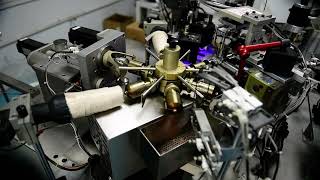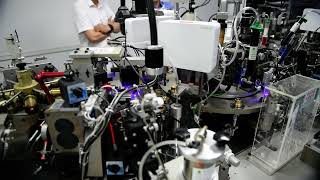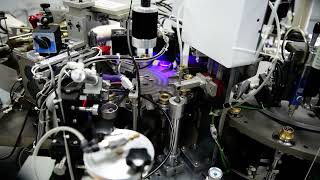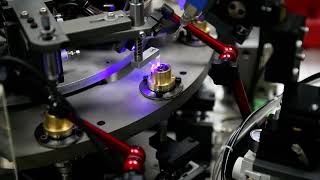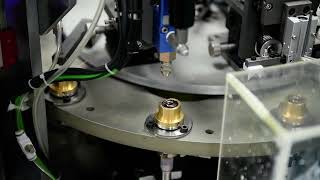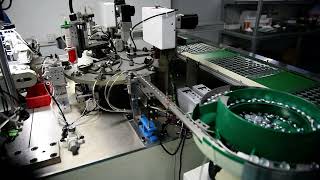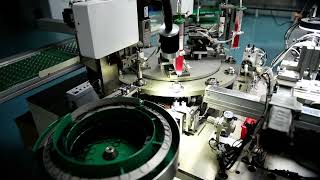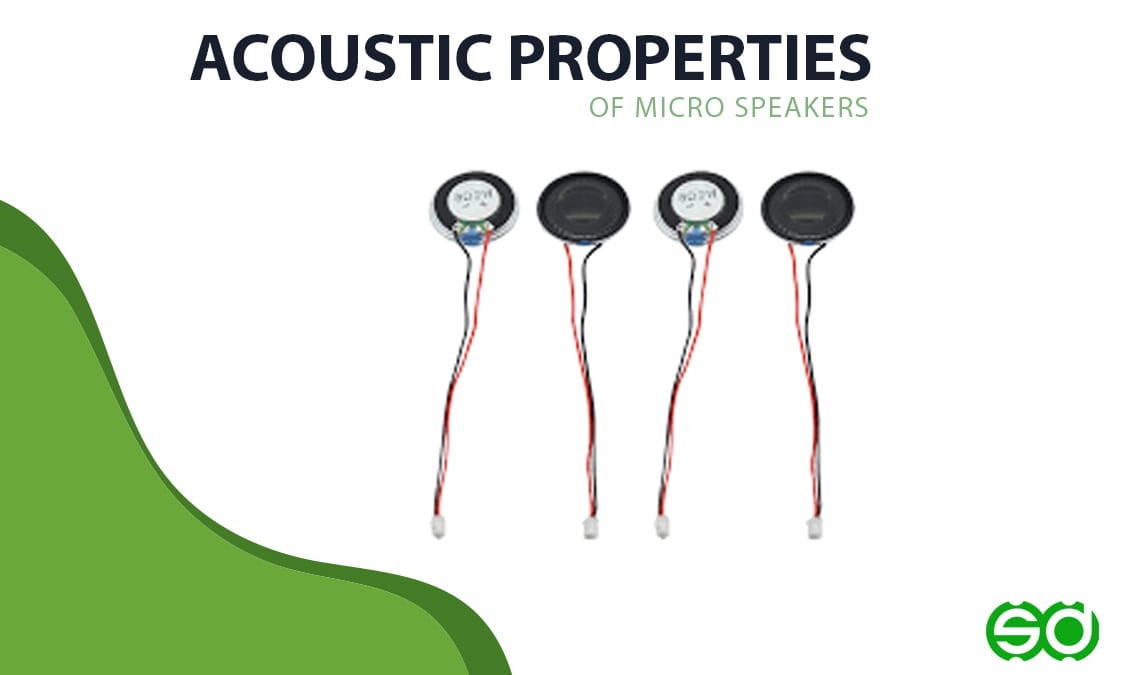
Understanding the Acoustic Properties of Micro Speakers for OEM Applications
Micro speakers are integral components in compact electronic devices such as earbuds, hearing aids, wearables, and IoT-enabled gadgets. Their acoustic properties—including frequency response, sensitivity, distortion levels, and impedance—directly influence audio output quality, device efficiency, and design feasibility. This article delves into the critical acoustic parameters of micro speakers and their impact on OEM product design.
Key Acoustic Properties of Micro Speakers
| Property | Description |
|---|---|
| Frequency Response | Indicates the speaker's output capability across different frequencies. An ideal response is flat, meaning consistent output volume across the entire frequency range. Micro speakers typically have limited response at both low and high frequencies. |
| Sensitivity | Measures the sound pressure level produced by the speaker under a specific input power. Higher sensitivity results in louder sound output for the same input power. |
| Impedance | Represents the speaker's resistance to electrical current flow, affecting power handling and sound clarity. Common impedance values for micro speakers range from 16Ω to 32Ω. |
| Distortion | Refers to the difference between the speaker's output signal and the input signal. Lower distortion levels indicate better sound quality. |
| Power Handling Capability | Denotes the maximum input power the speaker can handle without damage. Exceeding this limit may harm the speaker. |
| Harmonic Distortion | Measures the presence of additional frequency components in the output signal beyond the fundamental frequency. Lower harmonic distortion results in purer sound quality. |
| Intermodulation Distortion | Occurs when multiple frequencies are input simultaneously, producing non-integer multiple frequency components. Lower intermodulation distortion enhances sound quality. |
| Sound Pressure Level (SPL) | Indicates the sound pressure generated by the speaker at a certain distance and angle. Higher SPL values correspond to louder sound output. |
| Directivity | Describes how the speaker's sound pressure level varies in different directions. Good directivity ensures focused sound in a specific direction. |
| Resonance Frequency | The frequency at which the speaker's vibration amplitude increases significantly. A lower resonance frequency improves low-frequency response. |
| Damping Coefficient | Indicates the degree of damping of the speaker diaphragm's movement. A higher damping coefficient provides better control and clearer sound. |
| Transient Response | Measures the speaker's ability to respond to rapidly changing signals. Good transient response allows accurate reproduction of music details. |
How Acoustic Properties Influence OEM Design
- Form Factor Constraints: Balancing acoustic performance with ultra-compact size requirements is crucial in device design.
- Power Efficiency: High-sensitivity and low-impedance speakers help preserve battery life in devices like TWS earbuds and smartwatches.
- Environmental Use: Designs requiring waterproofing or ruggedization may need acoustic tuning to compensate for housing changes.
- Amplifier Matching: Aligning speaker impedance and SPL with the onboard amplifier enhances sound clarity and reduces distortion.
Typical Use Cases of Micro Speakers
| Device Type | Acoustic Priorities |
|---|---|
| TWS Earbuds | High SPL, compact 10–14mm drivers, codec compatibility (e.g., SBC/AAC) |
| Smartwatches | Clear vocal reproduction, low THD, water resistance |
| Hearing Aids | Ultra-low distortion, excellent speech intelligibility, narrow frequency response |
| Smart Glasses | Directional sound, minimal leakage, ultra-light speakers |
OEM Engineering Tips for Acoustic Optimization
- Pair speaker drivers with amplifiers optimized for their impedance and power requirements.
- Utilize damping materials or acoustic meshes to fine-tune enclosure sound behavior.
- In designs with IPX4–IPX7 ratings, adjust port tuning to account for reduced airflow.
- Prototype various driver variants to evaluate SPL, THD, and user comfort in real-world scenarios.
Conclusion: Precision Matters in Acoustic Design
A comprehensive understanding of micro speaker acoustic properties enables OEMs to deliver superior sound quality, energy efficiency, and user satisfaction. Whether designing over-ear headphones, in-ear TWS devices, or smart wearables, selecting and tuning the appropriate micro speaker is pivotal to enhancing brand reputation and customer experience.

